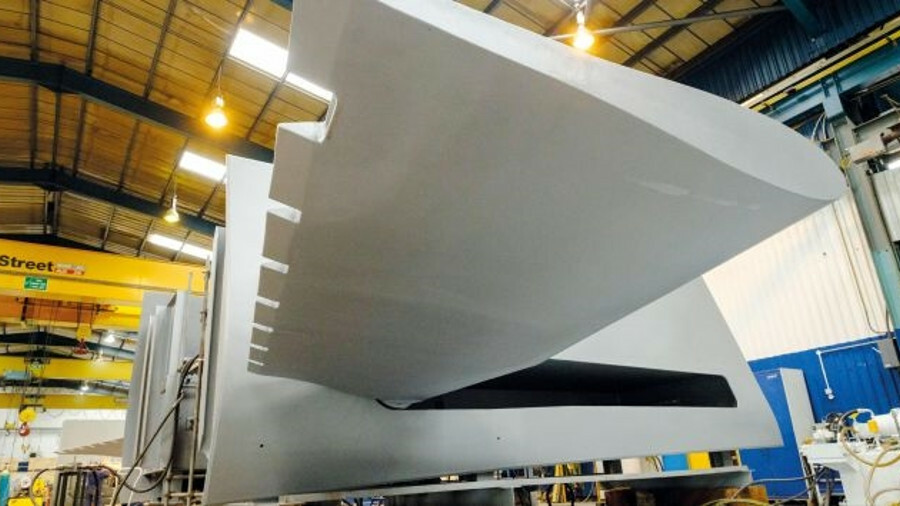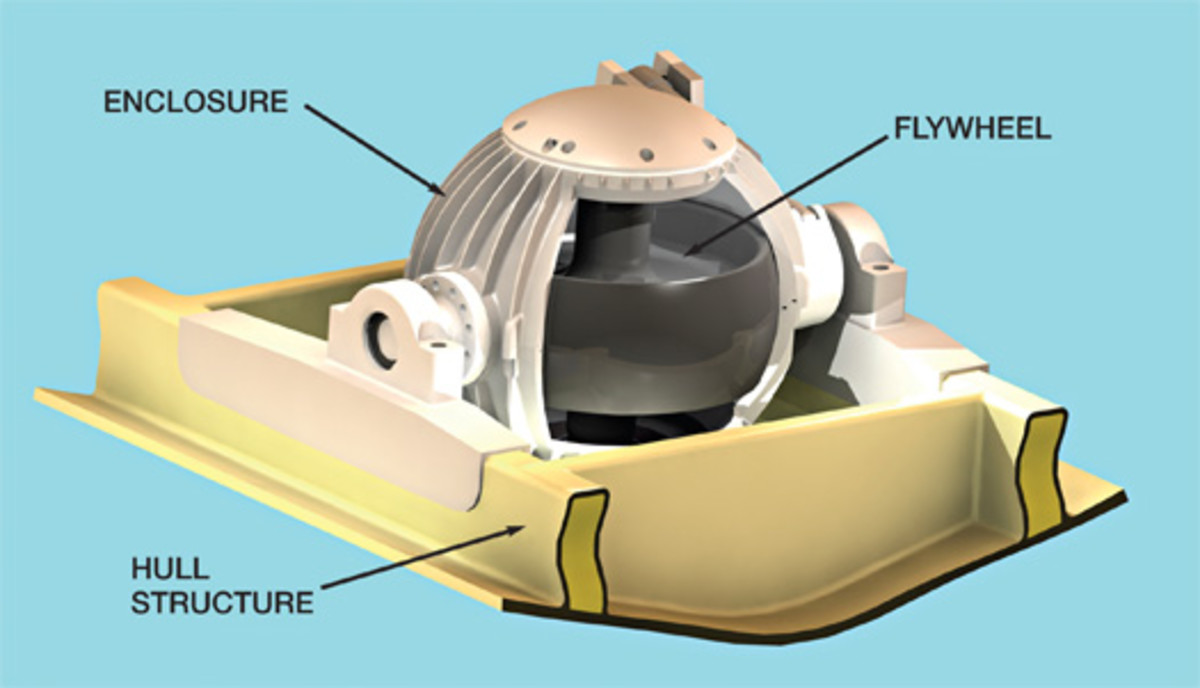Table Of Content

Currently employed as Marine Surveyor carrying cargo, draft, bunker, and warranty survey. In general, you don’t need to worry about how the ship stays stable – that’s for the engineers to concern themselves with. However, if you’re curious, the following is a guide you can reference for your safety, comfort, and enjoyment.
How Do Cruise Ships Stay Stable At Sea?
The computer system uses sensors to measure the ship’s roll, pitch, and yaw. The computer then calculates the required angle of the fins or rudders to counteract the ship’s motion. However, we can’t deny that they are the ones that see robust applications of this type of equipment because, for one, a cruise ship’s rolling motion can negatively impact its passengers’ experience. One such design is the inclusion of a bulbous bow, which protrudes below the waterline at the front of the ship. This design helps to reduce wave resistance and dampen the rolling motion caused by waves.
Challenges of Cruise Ship Stabilization
These tanks use pumps or air pressure to control the water’s motion, decreasing roll while a second axial pump transfers water from one side of the ship to the other. The tanks time the water flow in sync with the ship’s roll, reducing overall roll and motion. Most cruise ships have a choice of fully accessible cabins for those that require mobility aids.
Active System:
Cruise ship stabilizers are integral components that contribute to the smooth and stable sailing experience enjoyed by passengers. By minimizing this motion, stabilizers enhance passenger comfort, reduce the risk of accidents, improve fuel efficiency, and optimize the overall cruise experience. Active fin stabilizers are a popular choice for cruise ships due to their effectiveness in reducing the rolling motion caused by waves. These stabilizers consist of large fins attached to the hull of the ship. The fins can be adjusted independently to counteract the rolling motion and keep the ship steady.

The old traditional stabilizers like gyroscopes add tons of weight that reduce the speed. Everyone knows of airplane wings, and cruise ship stabilizers are like them. Additionally, the movement of water within the chambers can generate some noise, which may be noticeable in certain areas of the ship. However, advancements in design and technology have helped to minimize this noise, ensuring a comfortable environment for passengers. I'm not sure I can give you great words of wisdom beacuse it's unlikley that anything can keep a ship entirely stable if the seas outside are acting up.
Pitch is the up-and-down movement of the ship, so lengthwise or horizontal motion. Manual labor is the way through that natural phenomenon – adjusting the ship’s course. Modern ship stabilizers – of which there are many types – are highly effective and efficient.
Technology and good seamanship
Stabilizers work by countering the forces that cause the ship to roll, effectively minimizing the degree of motion and reducing the likelihood of seasickness. They are also used in other types of vessels, such as ferries, cargo ships, and naval vessels, to improve stability and maneuverability. Still, most stabilizers counteract the said motion by exerting an opposing force that resists it. Regular lubrication is vital for the smooth operation of stabilizers on a cruise ship. These complex systems consist of various mechanical components that need to move seamlessly to provide stability. Lubricating these components helps minimize friction and wear, ensuring their longevity and efficiency.
Question about Cruise Ship's stabilizer technology
The bilge keels are like fish wings, and they might be one of two on one side of a ship hull. The center of gravity and buoyancy determines the stability of the cruise. If both these forces align, the ship becomes stable and floats on the sea without rolling. Both stabilizers of the cruise ship extend outward and downward from the hall.
Royal Caribbean Cruise Ship Hit With Technical Issues - Cruise Hive
Royal Caribbean Cruise Ship Hit With Technical Issues.
Posted: Sun, 28 Oct 2018 18:09:05 GMT [source]
Active Anti-Rolling Tanks
The stabilisers on a ship extend beyond both sides of the vessel under the water, preventing it from excessive rolling from side to side. This assists the ship in cutting through the water more effectively, and additional fuel used to carry the stabiliser weight is counteracted by a cleaner forward motion. The stabilisers are especially useful in rough sea conditions with high waves and strong wind. By integrating stabilizers with navigation systems, cruise ships can anticipate and counteract the effects of waves and currents more effectively.
The most obvious room location for any aquaphile is as close to a pool as you can get. On some cruise ships, you can get a cabin on the same deck as a pool, so it's out your door and a quick stroll to paradise. Larger balcony cabins are also found on the so-called hump of cruise ships (the hump of a ship is the midship curved portion). Hump cabins located where the ship transitions from a narrower to a wider width have angled balconies that may be a little roomier than a typical balcony.
That’s why a gyroscope for such ships must be large enough to control the rolling. A bilge keel is an externally-fitted bulb plate that forces the water to move with the ship, which creates turbulence – a necessary controlled underwater force for smooth sailing – and reduces motion. The overall impact of stabilizers on the cruise experience is significant. It’s important to note that the selection and integration of stabilizers into cruise ships vary depending on the ship’s size, design, and intended use. The complexity and effectiveness of stabilizers may differ, but their ultimate purpose remains the same – to ensure a comfortable and enjoyable voyage for all on board. As the ship rolls, the gyroscopic effect of the spinning flywheels comes into play.
The only difference is that they may need to be used more often in rough seas to keep the ship upright. Passive stabilizers are very efficient and do not require any power to operate. However, they are not as effective as active stabilizers at reducing roll, pitch, and yaw. By controlling the rolling motion, they allow for more precise steering and navigation, enabling captains and crew members to maintain better control of the vessel. These stabilizers work by using a cylindrical weight that rolls from one side of the ship to the other in response to the rolling motion. Compliance with these requirements is crucial for cruise ship operators to maintain their certifications and operate safely.
On the whole, if you’re wondering exactly “how do cruise ship stabilizers work? ” you’ll have to focus on fin stabilizers, because they have become the most widely used in cruise ships. Thanks to the lift these components generate, with the right sizing and angling, they can sufficiently bring about the desired result.
Cruise ships are known for their luxurious amenities, fine dining, and exciting entertainment options. However, what many passengers may not realize is that these massive vessels are also equipped with advanced technology to ensure a smooth and stable sailing experience. Cruise ships stay upright and provide maximum comfort, all possible due to stabilizers. On either side of the ship, fin stabilizers minimize the rolling motion and provide a comfortable voyage.
A gyroscope is a spinning wheel or disk that resists changes in its orientation. By harnessing this principle, gyroscopic stabilizers can counteract the roll motion of a ship. Cruise ships are large, heavy vessels that can be affected by the motion of the ocean. To help reduce the impact of the waves, cruise ships are equipped with stabilizers.
Stabilizers ensure that passengers can fully utilize and enjoy the ship’s amenities without any disruptions caused by excessive motion. This not only enhances the overall cruise experience but also helps to protect the investments made by cruise ship operators in these onboard facilities. By incorporating these various stabilizer technologies, cruise ship operators can provide enhanced stability and comfort for passengers, allowing them to fully enjoy their time at sea. Cruise ships are a popular way to travel, but they can be susceptible to seasickness. Luckily, there are a number of cruise ships with stabilizers that help to minimize the rocking and rolling of the ship.

No comments:
Post a Comment